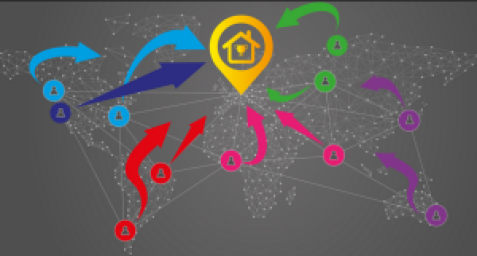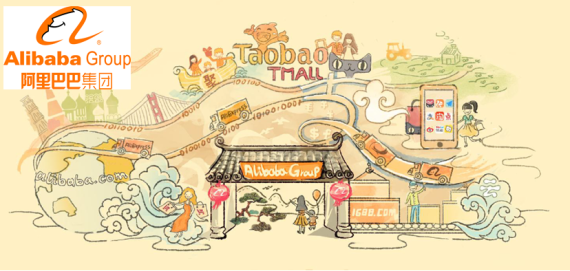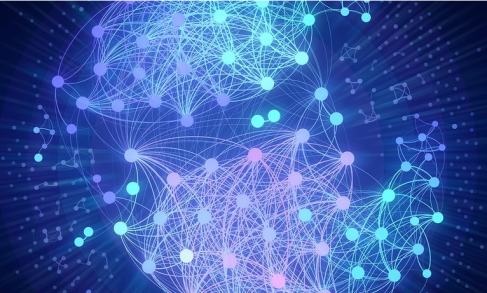
My collaborative colleague here on this website, Jeffrey Phillips, recently wrote a piece on his own blogging site “What autonomous cars tell us about the future of innovation.” I could not resist picking up on this by taking a broader ecosystem perspective to autonomous vehicles and all the mounting “unintended consequences,” many yet to be fully worked through.
We tend to focus always on the innovation promises of new growth and achieving a clearer competitive advantage, yet we often ‘gloss over’ or push issues and problems onto others to resolve, it is often that innovation has many “unintended consequences”.
Many “unintended consequences” are often very unfortunate and we so often fail to see the consequences, many times our capabilities run ahead of our foresight.Casual maps or cognitive mapping can help reduce these.
We often fail to recognize the “connected system” as we focus on our narrower objectives and fail to fully appreciate the primary objectives of others or the impact this might have. We need to take more of the ‘wider system’ approach into consideration as it might highlight missed opportunities but equally, consequences can have a higher impact cost than expected that allows one part of this wider ecosystem to gain increased value and return but for many others will have a higher knock-on economic cost.
 Our experiences determine to a large degree, success or failure. When you are reliant on others to collaborate and exchange knowledge, for the better good, you need to make sure there is a consistent validation process.
Our experiences determine to a large degree, success or failure. When you are reliant on others to collaborate and exchange knowledge, for the better good, you need to make sure there is a consistent validation process. Jeffrey wrote a recent post “
Jeffrey wrote a recent post “ There is a new set of battlegrounds brewing around platforms and ecosystems and what and who controls the data and the flows needed to build these thriving environments, reliant on the cloud.
There is a new set of battlegrounds brewing around platforms and ecosystems and what and who controls the data and the flows needed to build these thriving environments, reliant on the cloud. So what is the difference between a fog and a cloud? Well, actually bandwidth is part of the answer and where data needs to be situated.
So what is the difference between a fog and a cloud? Well, actually bandwidth is part of the answer and where data needs to be situated. In the last post Paul wrote about
In the last post Paul wrote about  Bosch takes connected devices, open platforms, and interoperability for IoT solutions to drive your business, built from their own deployed experiences. They are focusing on knowledgeable development & deployment to provide a single integrated set of ‘connecting’ solutions.
Bosch takes connected devices, open platforms, and interoperability for IoT solutions to drive your business, built from their own deployed experiences. They are focusing on knowledgeable development & deployment to provide a single integrated set of ‘connecting’ solutions. We are all moving from the simple digitalization (3rd Industrial Revolution) to innovations based on multiple combinations of technologies, ushering in increasingly the 4th Industrial Revolution.
We are all moving from the simple digitalization (3rd Industrial Revolution) to innovations based on multiple combinations of technologies, ushering in increasingly the 4th Industrial Revolution. If ever there is one company in my mind that is at the forefront of building ecosystems, platforms and customer engagement, that is the
If ever there is one company in my mind that is at the forefront of building ecosystems, platforms and customer engagement, that is the I am presently wanting to determine a framework for investigating and facilitating the thinking considerations we need when we consider innovation ecosystems.
I am presently wanting to determine a framework for investigating and facilitating the thinking considerations we need when we consider innovation ecosystems.